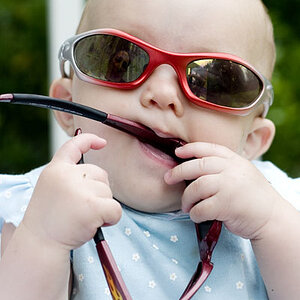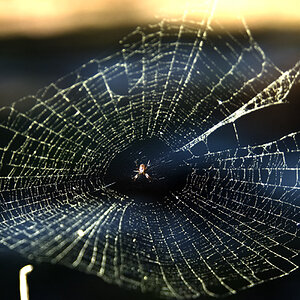Fusion
TPF Noob!
- Joined
- Mar 20, 2010
- Messages
- 66
- Reaction score
- 0
- Location
- Phnom Penh, Cambodia
- Website
- fusion.zenfolio.com
- Can others edit my Photos
- Photos NOT OK to edit
You could put a simple definition of a good picture as one that is sharp, has good color and accurate exposure, but a picture is much more than the sum of these things. Look at the work of Robert Capa and his shots of the D-Day landing in 1943, none are sharp, none are perfect but they are brilliant photographs in my opinion. Look at the work of Ansell Adams, sharp superbly exposed images, the total opposite to Capa but both produced great images..
A good picture for me need elements within it that speak to me and tell a story, sharpness yes but not totally required depending on the image. If it provokes a emotional gut reaction, horror, love, hate, then its a good picture of that type. I can also appreciate the type of work produced by the great such as Adams which are true works of artistry.
Some of the great portrait photographer like Josef Karsh, Helmut Newton and Weston produced magnificent works.
A good picture for me need elements within it that speak to me and tell a story, sharpness yes but not totally required depending on the image. If it provokes a emotional gut reaction, horror, love, hate, then its a good picture of that type. I can also appreciate the type of work produced by the great such as Adams which are true works of artistry.
Some of the great portrait photographer like Josef Karsh, Helmut Newton and Weston produced magnificent works.




![[No title]](/data/xfmg/thumbnail/31/31979-ea92aca54ae865842d998c9cec534991.jpg?1619735137)







![[No title]](/data/xfmg/thumbnail/32/32631-60d0db057ee085953a0921e337396654.jpg?1619735552)
![[No title]](/data/xfmg/thumbnail/41/41893-f4e56dae79851bac6e79639bcf9e7473.jpg?1619739934)
